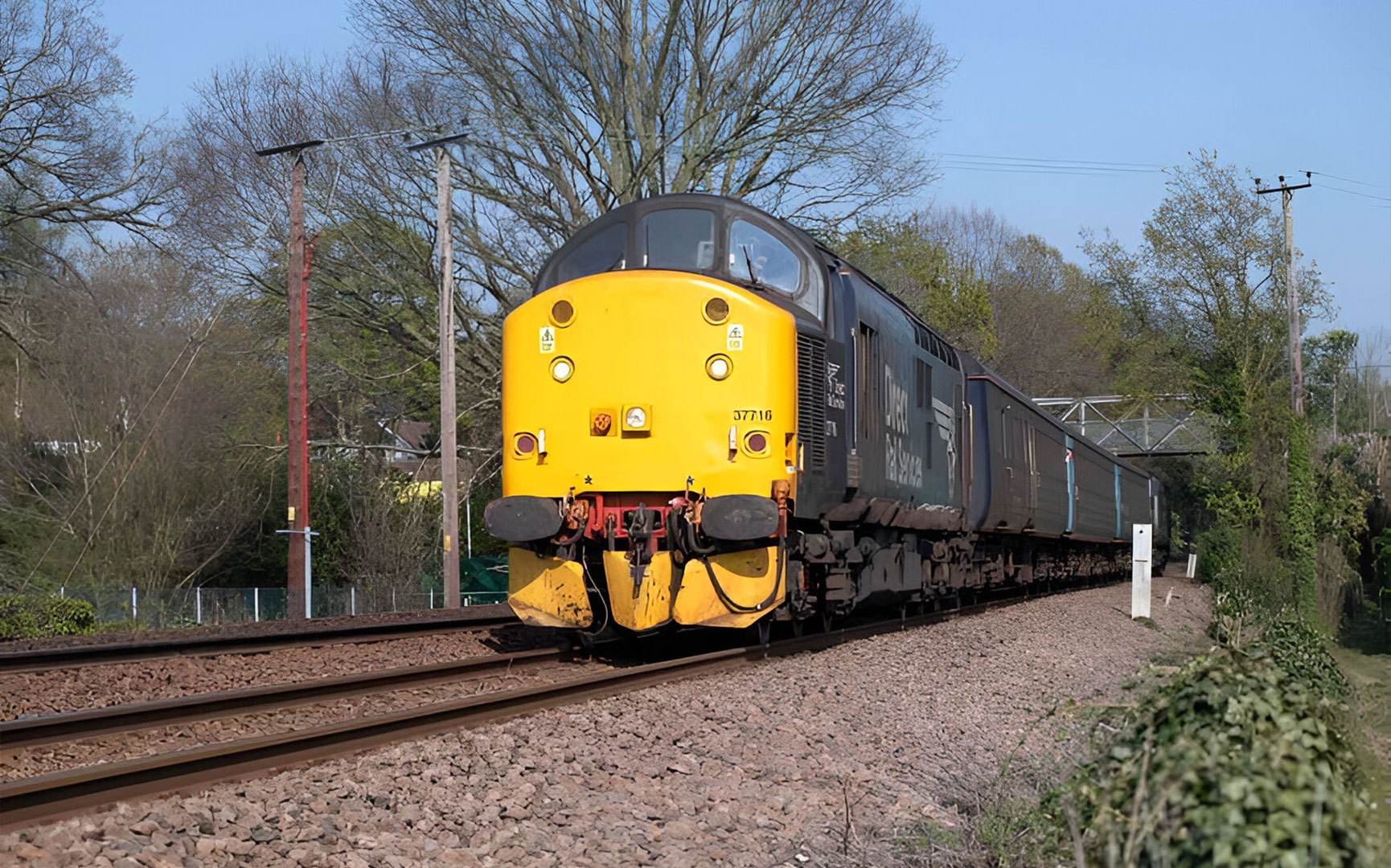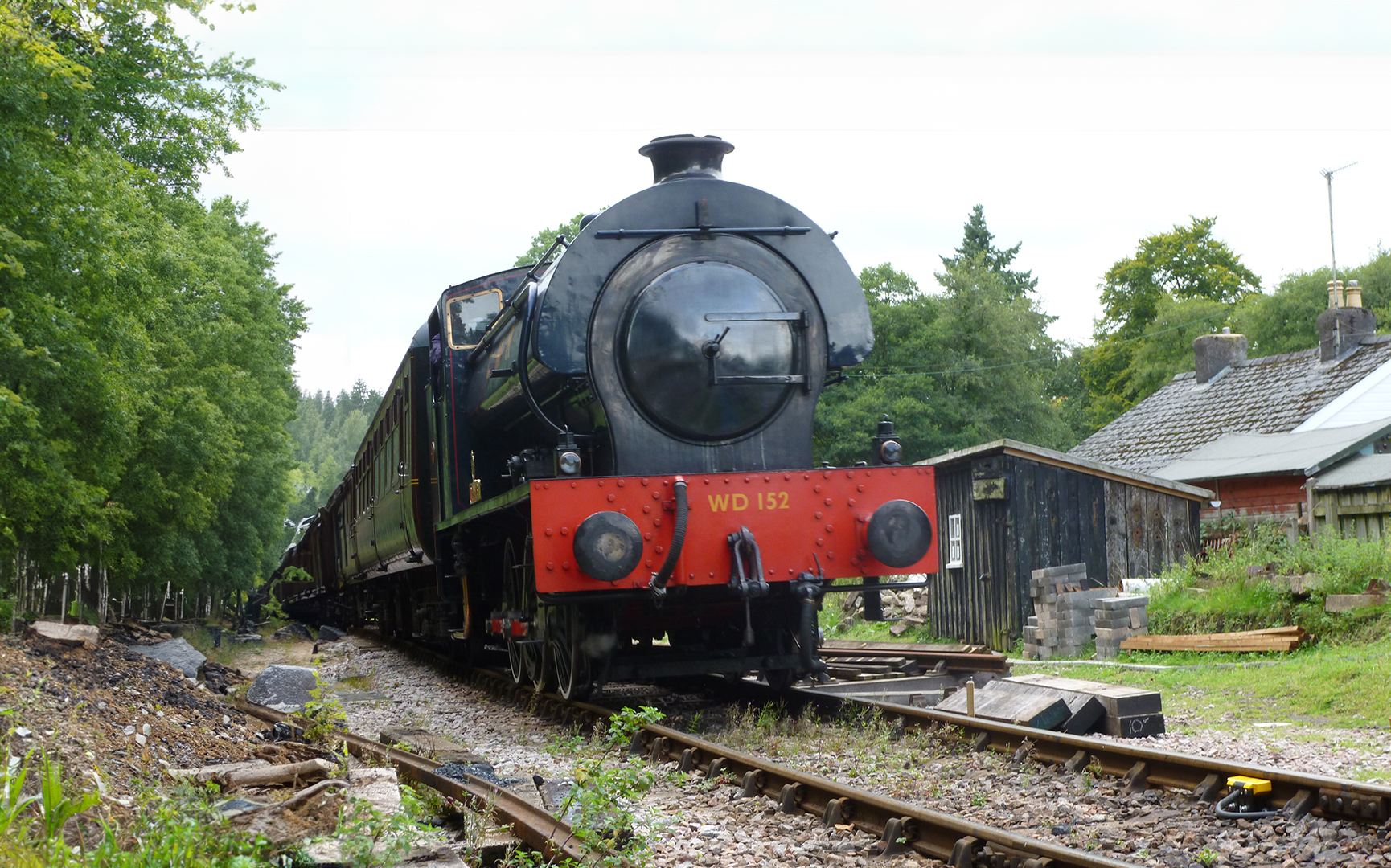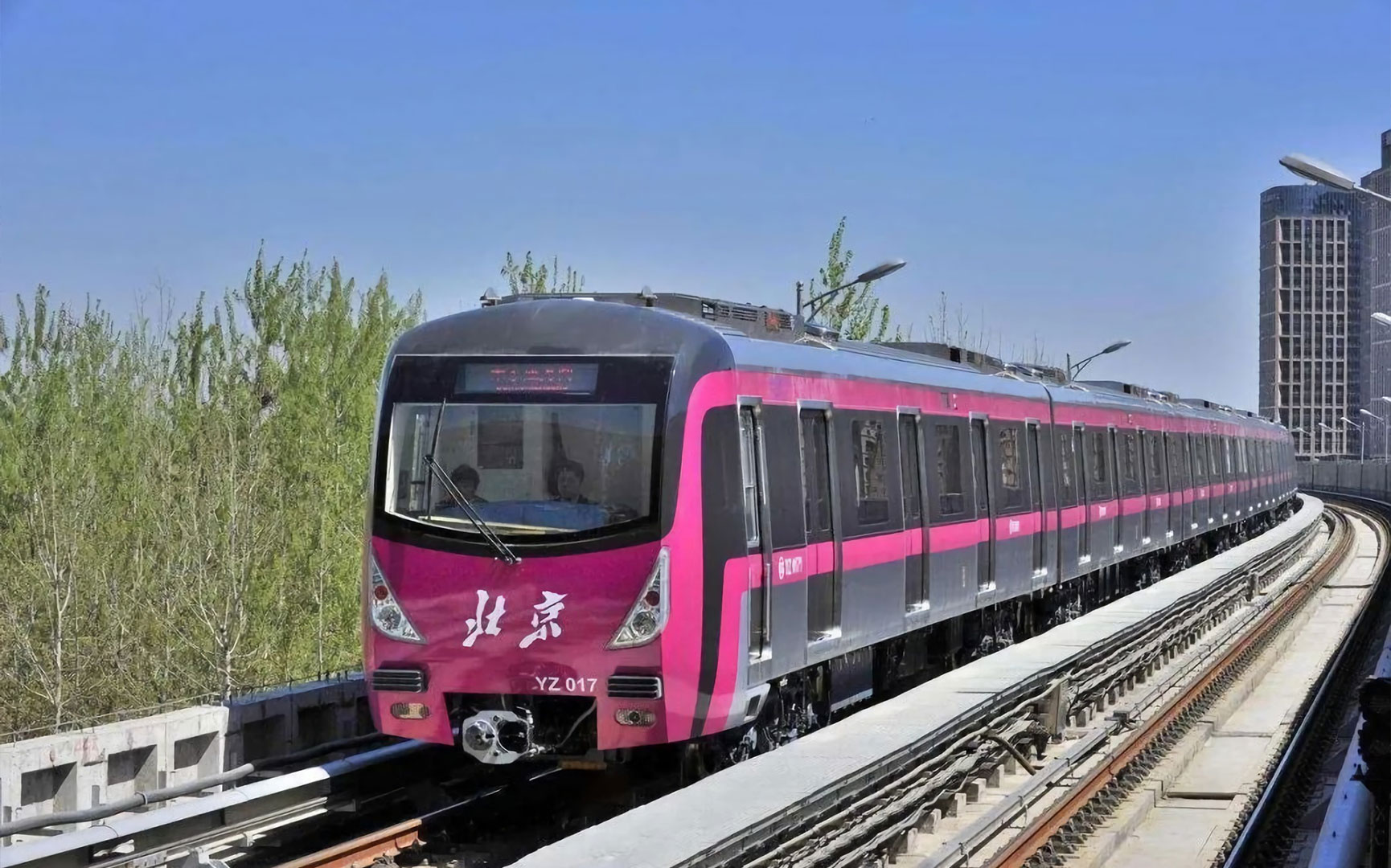
train-detectionChina
Tram Huangpu Line 1 | China
Tram Huangpu Line 1 (HP1) line is located in urban areas with high traffic density and passenger volume as well as many level crossings. The adverse weather conditions can cause flooding of the track bed and add to the challenges for reliable system availability and operations. To provide safe and efficient wheel detection on this line, the Frauscher Advanced Counter FAdC® was installed and customised according to the Chinese Ministry of Railways Railway Safety Communication Protocol RSSP-1.
Tram Huangpu Line 1 (HP1) is the first tram line in Huangpu District of Guangzhou, which stretches 14,4 kilometers from Xiangxue Station to Xinfeng Station with a total of 20 stations and can support trams running at a maximum speed of 70 km/h.
The line is located in urban areas with high traffic density and passenger volume as well as many level crossings. The adverse weather conditions in Guangzhou, including heavy rain, typhoons and high humidity levels, can subsequently cause flooding of the track bed which may affect operation.
To ensure smooth operation in harsh conditions like floods, the IP68 rated Wheel Sensor RSR180 was installed in combination with the Frauscher Advanced Counter FAdC®. As the FAdC® can be configured with a customised protocol, it was decided to implement the Railway Signal Safety Protocol RSSP-I protocol–Type I of RSSP, which is introduced as Chinese standard by China’s Ministry of Railways. In close collaboration of CRSC Xi’an Railway Signal Co., Ltd. (CRSC Xi’an) and CRSC Research & Design Institute Group Co., Ltd. (CRSCD) together with Frauscher, the RSSP-implemented FAdC® product was provided for the first time with an efficient and customised service. The COM-RSSP has been given the CENELEC SIL 4 certification in March 2021.
High availability
The RSR180 is not impacted by environmental conditions such as flooding, snow or severe temperatures.
Customised interface
The software interface of the FAdC® can be configured with the Frauscher Safe Ethernet FSE protocol or other customised protocols. Both Chinese and Austrian Frauscher teams worked together closely with the customer to provide the RSSP-implemented FAdC® solution with an efficient and customised service.
Increasing system availability
The implementation of the Supervisor Track Section STS functions takes negative effects such as lightning into account, reducing the costs and times of maintenance. Moreover, the STS can be integrated into a modern efficient interlocking system so that the troubleshooting and component replacement can be carried out simultaneously, saving time for operators.
This might also interest you

train-detectionUnited Kingdom of Great Britain and Northern Ireland
Wherry Lines | UK

train-detection
Maintaining the past, creating the future | UK
train-detectionUnited States of America
Tracking Trains in Houston | USA

train-detectionChina
CBTC Fallback System on Beijing Metro Lines | China
